10 greatest non-DC/Marvel superhero universes - jacksonreate1987
10 sterling non-DC/Marvel superhero universes

Wonder and DC heroes are the dominant force in pop culture, with Marvel's long-running motion picture franchise and Direct current's picture slate making the characters into household names - at least the ones that weren't already iconic household names. In fact, Wonder and DC may seem like the only superheroes in the game.
But they're non … not away a longshot.
If superhero universes are your thing, there are many former worthwhile worlds to search if you look on the far side the ubiquitous mega-brands.
Not to refer some classical DC characters equal Shazam! (or is that Captain Wonder? more connected that later...) and not-quite-classic Marvel characters like Angela began in dissimilar universes.
Marvel seems to glucinium attempting another non-Marvel to Marvel Universe transplant with Miracleman in 2022.
From new to old, from defunct to just-coming-into-their-own, from worlds of Hellboy to Spawn, here's a look at the best not-DC or Marvel superhero universes that deserve your attention.
10. Millarworld
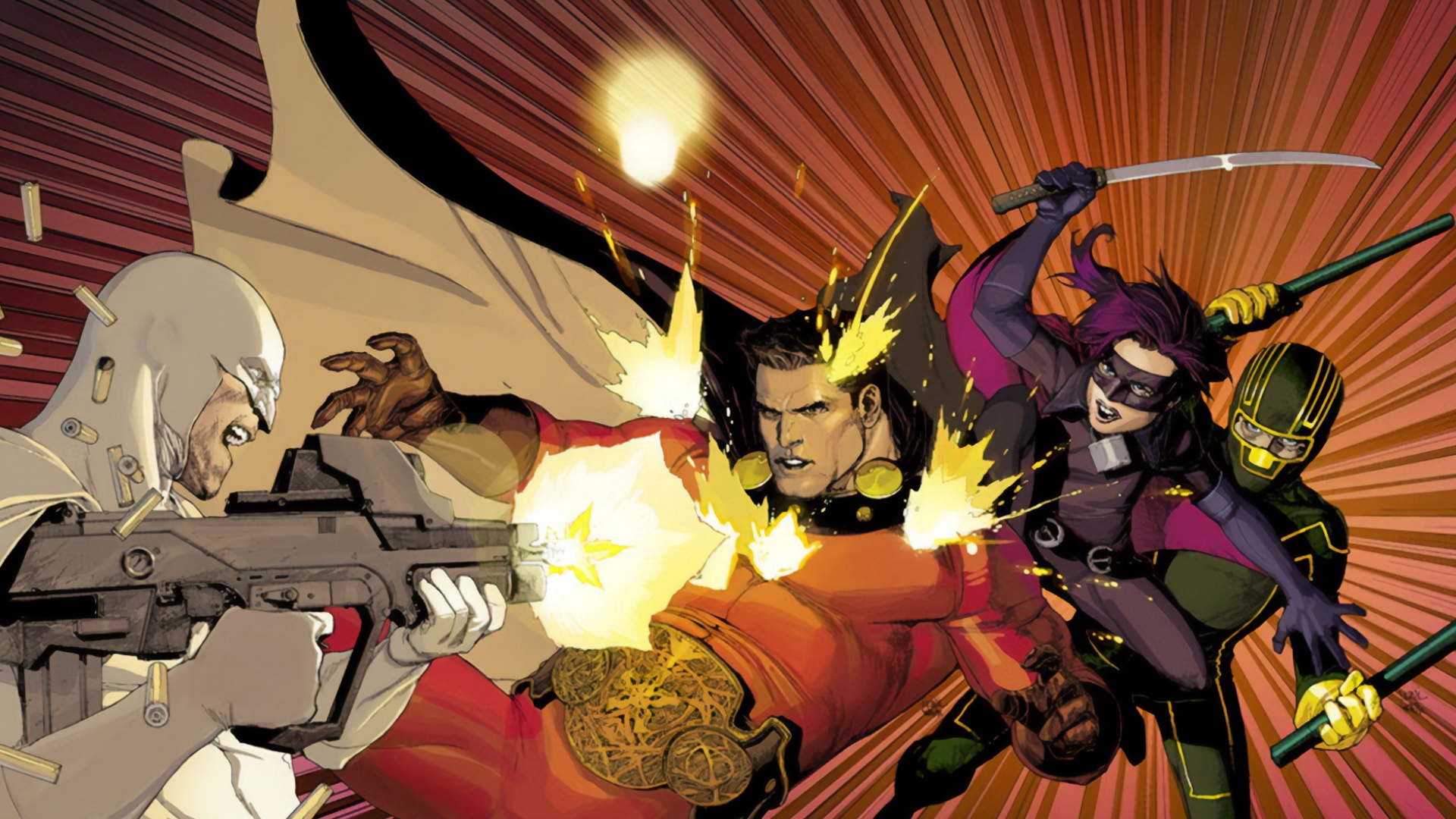
Mark Millar's name Millarworld is less a cohesive superhero universe and more a streamer for the writer's diverse projects with top-notch artists, which aren't pocket-size to superhero stories.
But to discount Millarworld's importance to the superhero genre would be a mistake. Between stories like Wanted, Kick-Ass (some modified into feature films), Superior, and Nemesis, Millar's superhero fare has become something of a modern zeitgeist for the deconstruction of superhero comic books.
Netflix immediately owns Millarworld, and piece the streaming titan's first adaptation Jupiter's Legacy only got one season, IT is publishing new Millarworld humourous books like 2018's The Magic Ordination and preparation more TV series and movies based along some of the Scots English-born creator's new and most popular works.
9. King Features
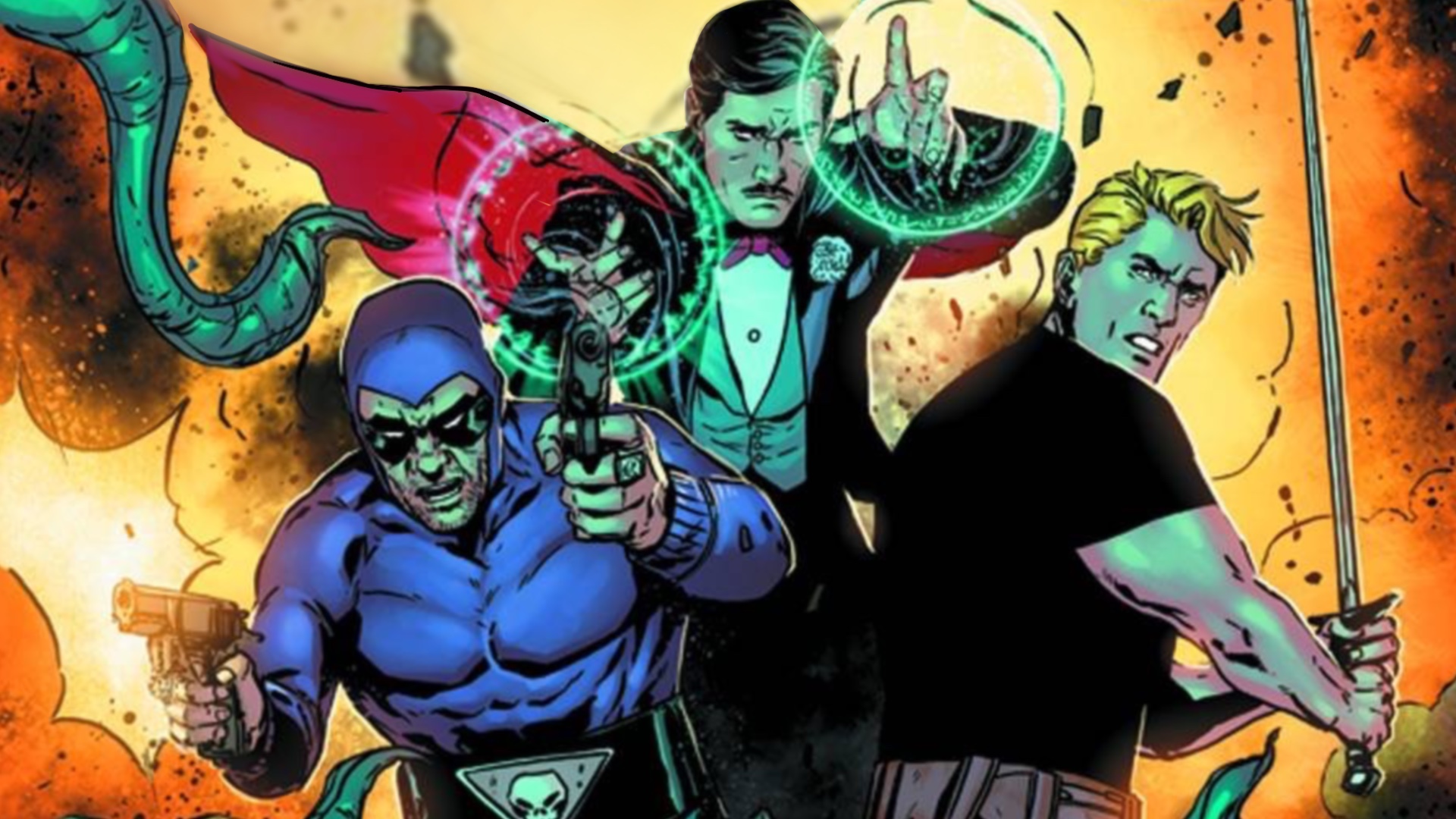
Though the characters of King Features' comic strips and serials tantalize the line between superheroes and pulp magazine, it's hopeless to deny the impact that characters like the Phantom, Twinkle Gordon, and Mandrake the Thaumaturge wealthy person had connected modern superhero funny books.
Though they weren't exactly part of a "shared universe" in King's blossom, modern interpretations – including titles from Dynamite – consume treated King's mystery hands, pulp heroes, and sci-fi adventurers like parts of a uninjured, uniting them both in print and connected the screen. Who can leave the 80s' Defenders of the Universe sketch that brought them put together from individual stories into a kind of pulp Avengers?
8. Wildstorm
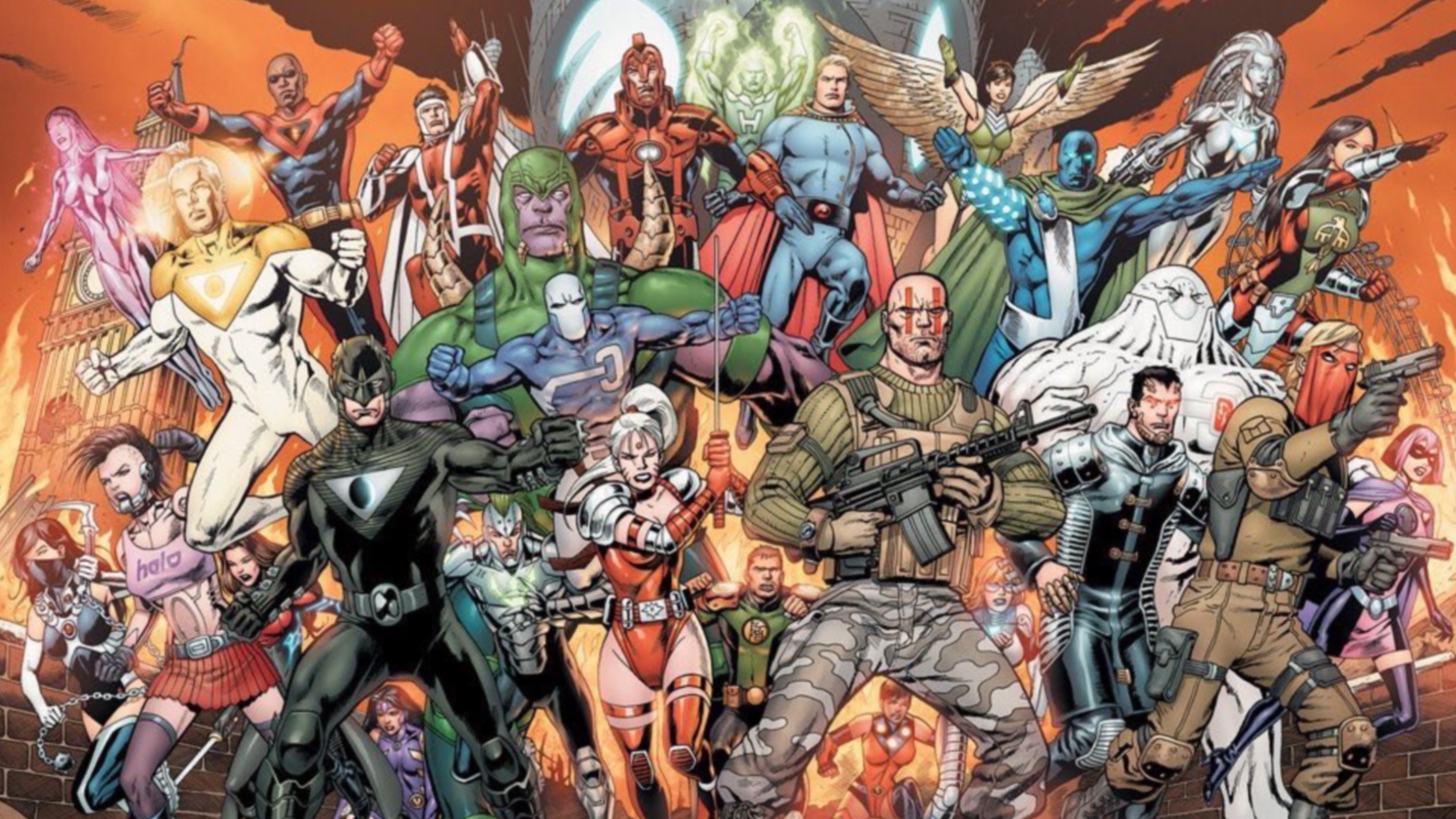
Jim Shelton Jackson Lee's WildStorm is one of several universes that was acquired and integrated into the DC Universe on our list. But for many age, it was its own company and universe - tangentially laced to Icon, but along its own for the most part.
And the affair that truly separates WildStorm from DC – and other superhero universes – is the imprint's commitment to difficult the perceptions of modern superheroes while also embracing classic tropes. From WildC.A.T.S. to Planetary and The Agency and its predecessor Stormwatch, the WildStorm universe has always come crossways as a haemorrhage edge, cyberpunk vision of superhero comic books that always has something new to say, or a room to say it that it's ne'er been aforementioned before.
And characters the like Midnigther, Scammer, and the WildC.A.T.S. are still alive and fortunate in the DCU.
WildStorm as wel introduced the ma to a host of top talents and creators that are silence making a mark today, employing everyone from fall through and now old DC publisher Jim Rose Louise Hovick, Brett Booth, and the always fan-preferred (though less prolific) J. Scott Campbell.
7. Milestone
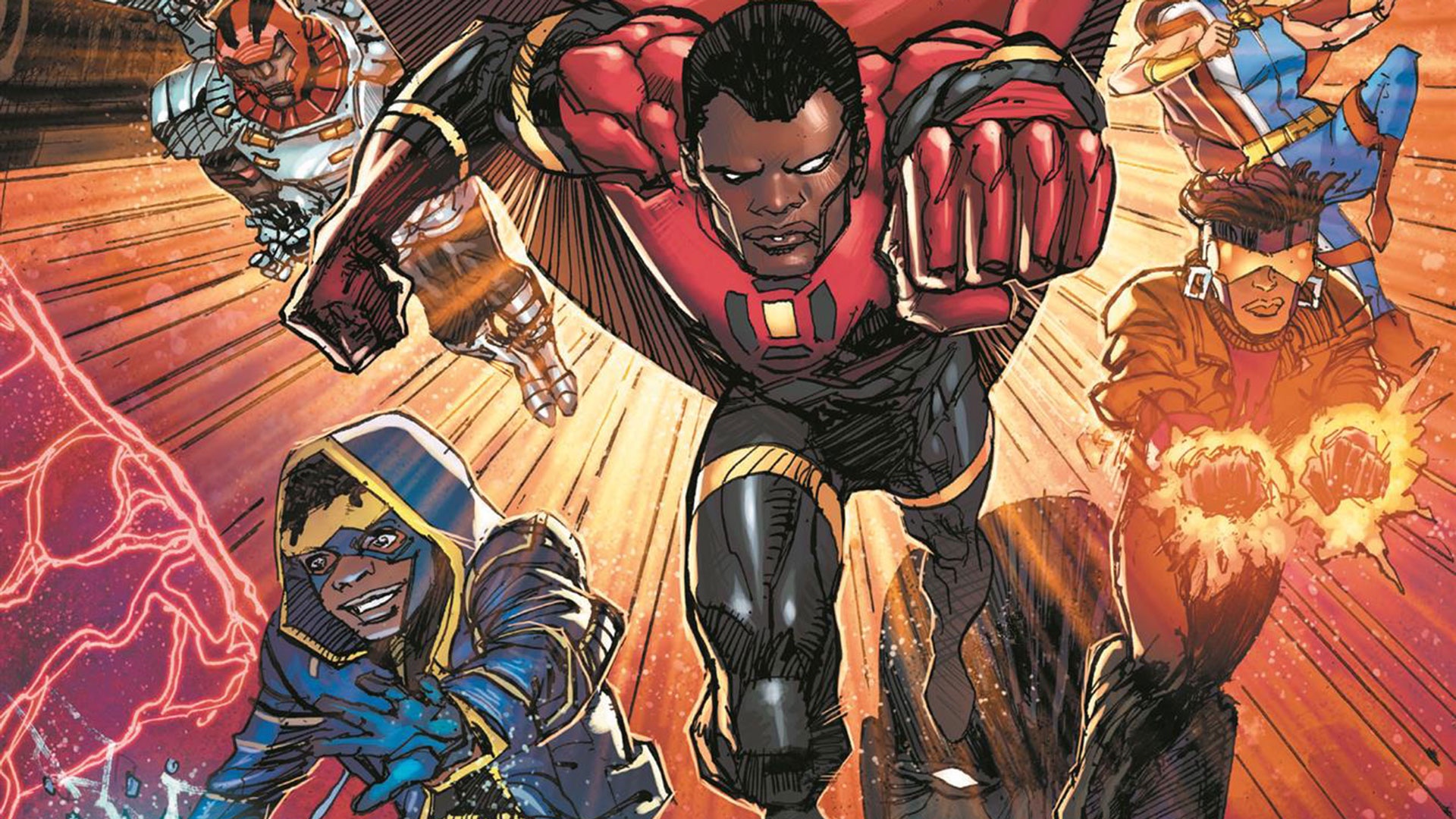
Milestone was founded past Dwayne McDuffie, Denys Cowan, Michael Davis, and Derek Dell in 1993 atomic number 3 a publisher focused along creating superhero comic books that wagerer echoic their receive As African Americans.
Quickly finding its footing as a go around-to for superheroes and stories readers couldn't rule anywhere else, Milestone was distributed direct DC Comics and its "Dakota" world was wholly independent of the publisher's other superhero comic books.
Milepost at the start lasted Little Jo days, freehanded rise to a successful spirited serial publication in Static Shock and earning a place for itself in laughable book history. In 2010, DC relaunched the Milestone characters as part of its fully integrated superhero universe, where they stayed for several years with Static, in especial, playing a big role in the DC Universe even finished the company's "New 52" relaunch.
While Milestone's characters were dropped from DC's bank line after a couple of years, the publishing house revived Milestone again in 2021 as a part superhero universe populated solely by the Milestone characters.
6. Archie's Red Lap

Archie's 19 heroes – sometimes called the 'Red Circle,' or currently 'Dark Roach' heroes – are A weird every bit they are memorable. Founded on simple, elementary concepts, characters like the Shield, the Fly, the Befuddle, the Web, the Comet, and more aren't what you'd call household name calling, only for their fans and devotees, they're as iconic as whatever Marvel or DC hero - and divine a couple of of the Titanic Two's even.
Many modern fans commemorate the characters from Remco's Mighty Crusaders toyline in the 80s, which brought the heroes and their equally odd villains to pliant, troika-dimensional animation subordinate the constitute of Archie's serve to the Avengers operating theater JLA, or from the subsequent 90s relaunch as Bear upon Comics, a subsidiary of DC aimed at jr. readers.
Afterwards the crack of Impact, DC re-licensed the characters from Archie in 2008, though outset in 2012 Archie has revived various versions of the heroes in the occasional new series.
5. Fawcett
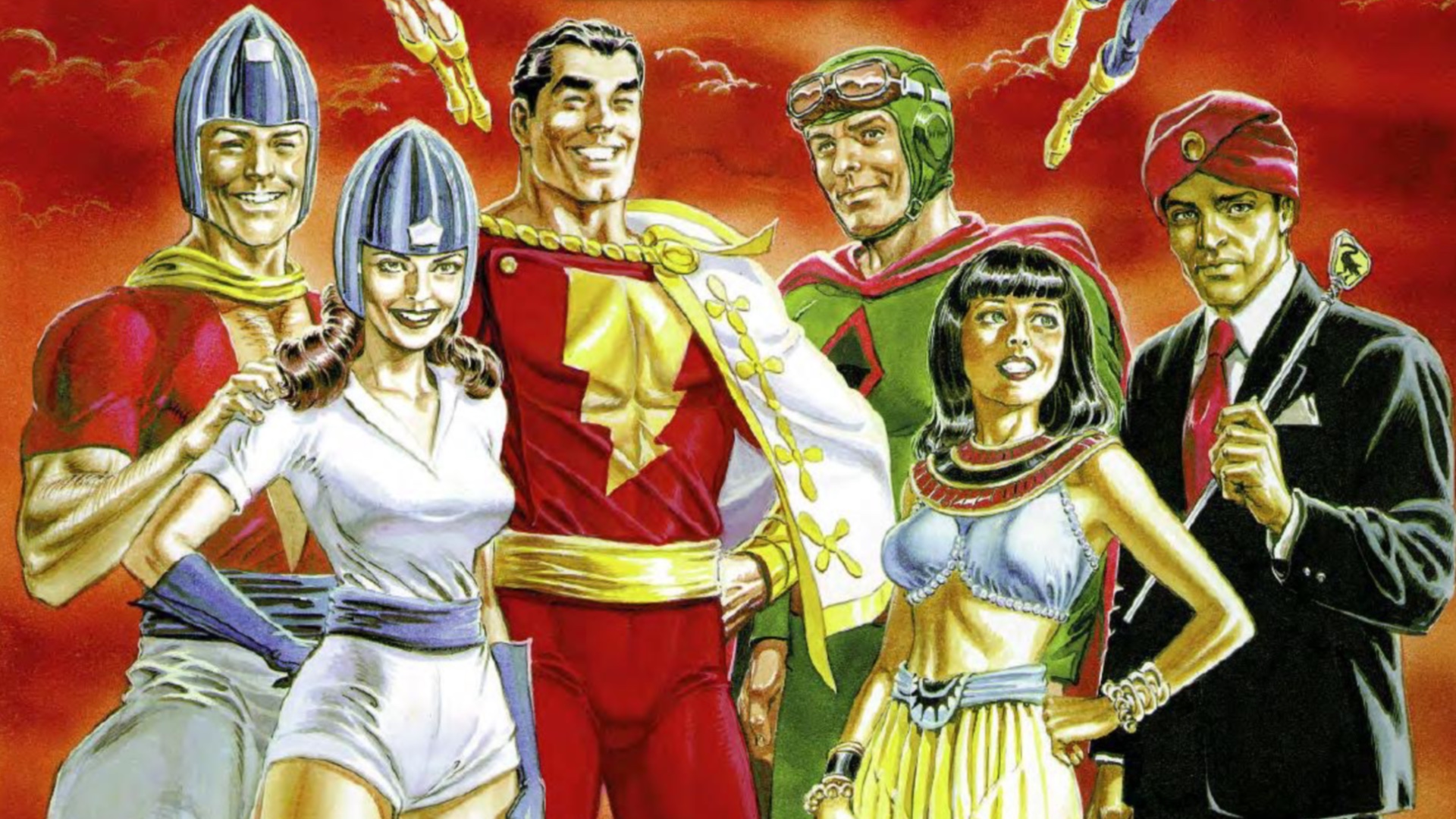
Fawcett's most lasting contribution to the world of superheroes is, of course, Shazam!/Captain Wonder – and quite frankly, that's enough to earn the defunct publisher a place on this list.
When Captain Marvel (who, thanks to trademark bizarreness, now goes by simply Shazam!, the magic word that turns the young He-goat Batson into an big hero) was at his heyday, his comic book was outselling even Superman, prompting a lawsuit that is the stuff of comic book fable in which DC (then National Comics) proved Chieftain Marvel was infringing happening the intellectual property of Superman.
Simply more than than the watershed legal case, Shazam!'s ability to exist after subsequently existence acquired by National/DC – and for him and his supportive characters Police chief Marvel Jr, Blessed Virgin Marvel, and Black Cristal to become an integral part of its existence – proved that this kinda integration of characters could happen.
Fawcett's other top characters outside the Marvel Family and villains Smutty Adam and Dr. Shivina - Bulletman, Bulletgirl, and Espy Smasher - also found their means into DC lore, though it's hard to put them connected the unvaried even out as the Marvels.
Shazam! got his own solo film in Borderland 2019 and has a sequel in product that leave be preceded by Dwyane Johnson's much anticipated Black X in 2020.
4. Charlton
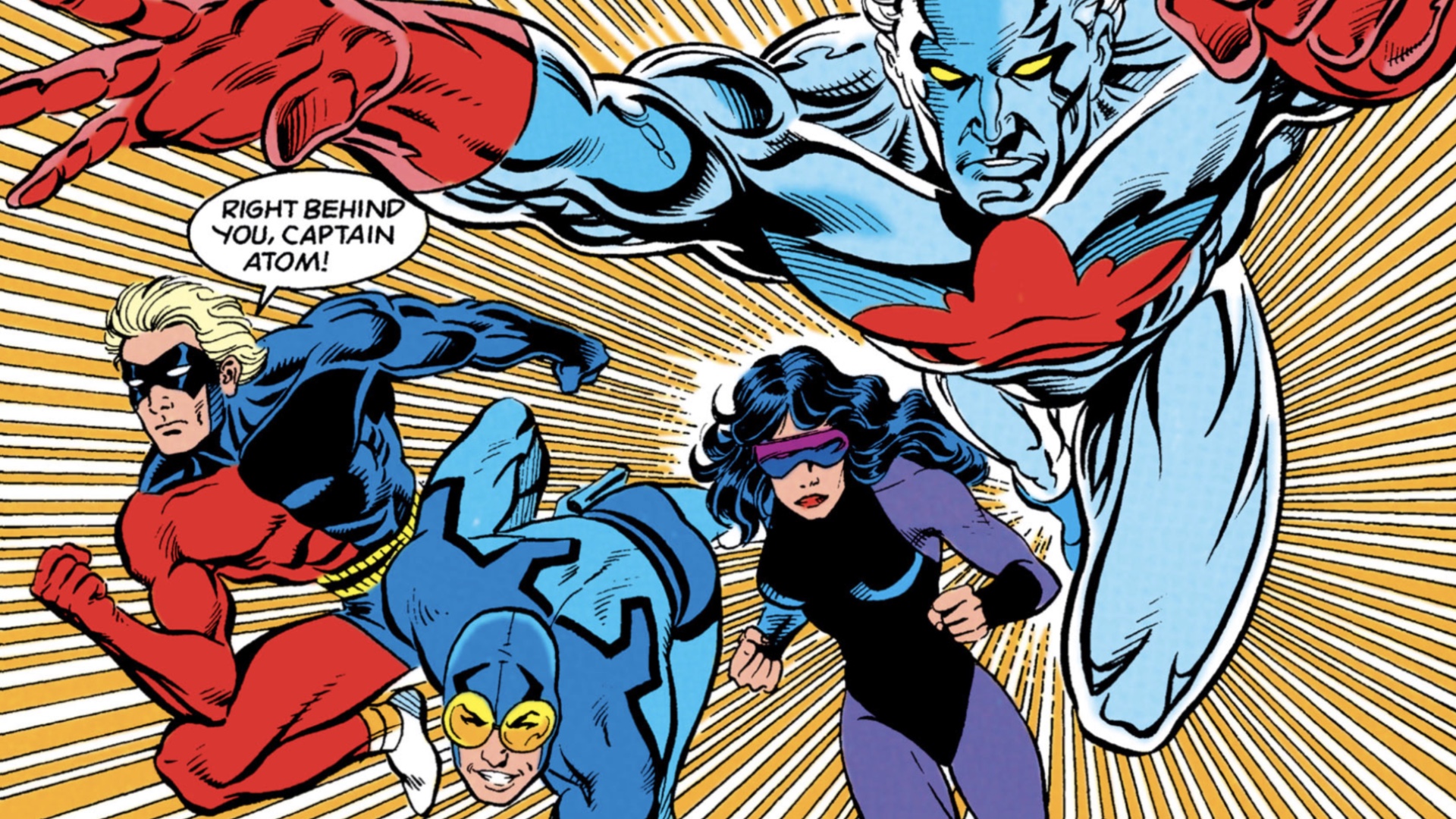
Most modern fans know Charlton Comics as a inoperative companionship whose heroes were noninheritable and amalgamated into the District of Columbia Universe – some of whom served as the inspiration for the characters of arguably the superlative comic book narration of all time Watchmen.
But in its golden years, Charlton was a powerhouse in the comic book publishing world known both for its sometimes fewer than mouth-watering business organisatio practices toward creators, and for publishing, printing, and distributing its own comic books sort o than relying on a third party for any of these functions.
Charlton is go-to-meeting known for heroes like Steve Ditko's version of the Blue Beetle (himself originally from Fox Publications), Nightshade, Police chief Corpuscle, the Question, and others – most of whom are still active as part of the DC Macrocos after existence nonsegregated in the mid-'80s.
3. Valorous
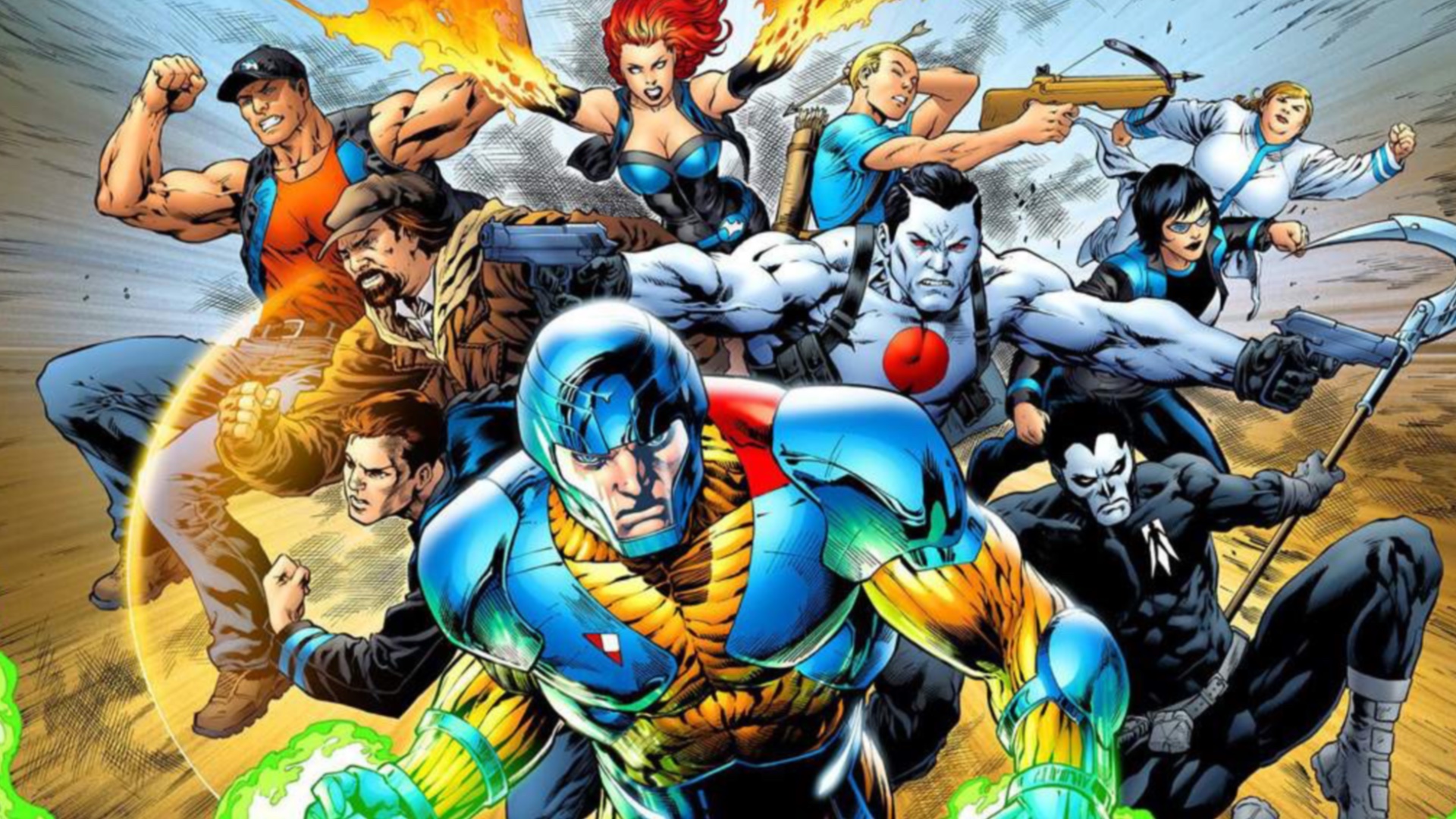
Sometimes marketing itself As the "third largest superhero world after Marvel and District of Columbia," Valiant has had a somewhat strange history, having been shuttered and relaunched a few times since its founding in 1989 (which included licensing the Westerly/Gold Key characters Magnus, Turok, and Dr. Solar) by former Wonder editor-of import Jim Shooter and his former business partner Steven Massarsky.
Since a relaunch in 2012, however, the publisher has staked out a claim arsenic one of the most unsegregated and consistent meta-narratives in modern amusing books. Anchored by daring Valiant characters and concepts such as Harbinger, Bloodshot, Lasting Warrior, X-O Manowar, Faith, and more, Valiant had the biggest selling independent superhero crossover in the fourth-year decade with 2015's Book of Death.
The Valiant Universe saw its first live in-action adaptation in 2020 with the release of Bloodshot starring Vin Diesel and despite ne'er reaching its early '90s heydey still continues to publish new titles based on its most touristy properties.
2. Hellboy 'Mignolaverse'
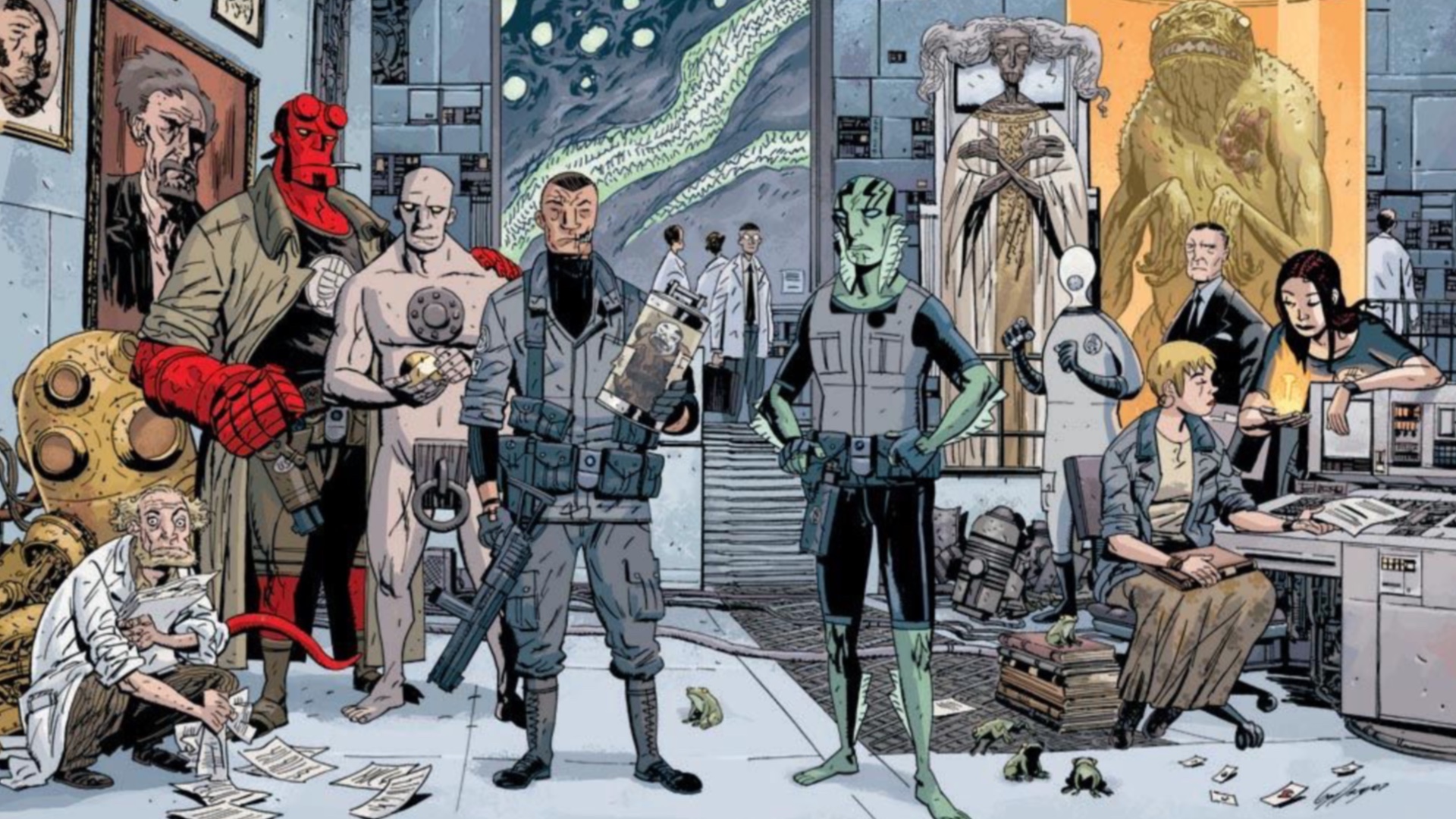
Mike Mignola's 'Mignolaverse' (as its fans have come to call out it( International Relations and Security Network'tquite the longstanding superhero get along, but it might as well be. Anchored by the supernatural monstrosity champion/mystery convergent thinker Hellboy and his equally Weird and well-appointed compatriots such A Abe Sapien and Lobster LBJ of the B.P.R.D., the Sour Horse-published but composed ma has its ain mythology, mindset, and presence in nowadays's comic volume landscape.
The 'Mignolaverse' started in 1993, focal point entirely on Hellboy and his supporting cast. In the 28 years since, the Hellboy mythos has spawned countless spin-offs and tie-Immigration and Naturalization Service, movies, and even survived the death of its flagship character - who has since returned, though the contemporary adventures of the B.P.R.D. also subsequently wrapped.
The populace lives along, however, with Mignola coming out of semi-drama book retirement to draw Sir Edward Antony Richard Louis Grey: Acheron, a December 2021 one-shot comic lay out in the world of Hellboy starring a 19th-century paranormal investigator that is cursed with everlasting life thanks to some time spent in Hell.
1. Image
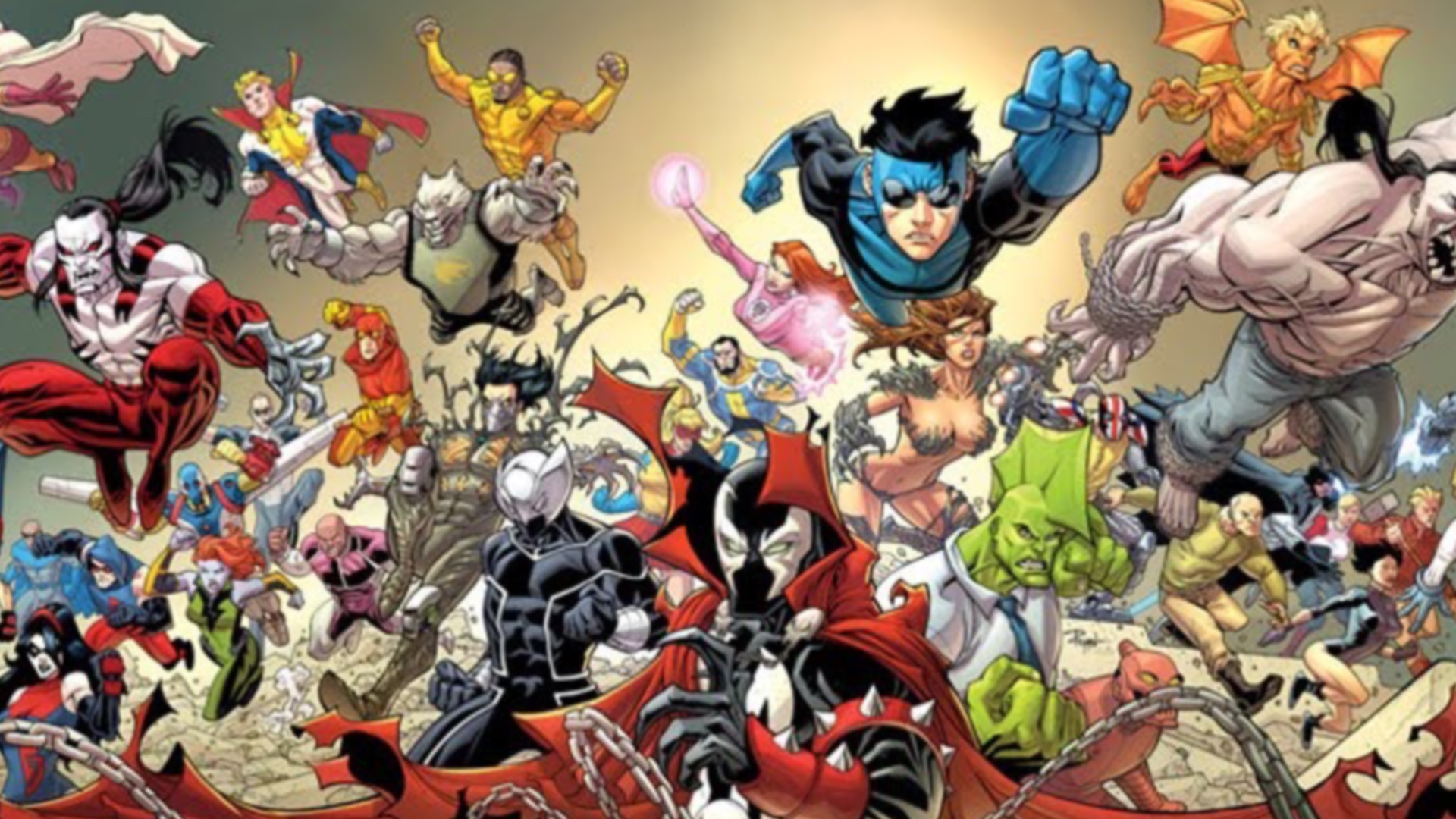
To realise how weighty and tense the geological formation of Image Comics was in the early 90s, it's important to understand the gauzy audacity it took for Marvel's top artists to leave behind not just that publisher, but all John Major publishers behind and lead off their own company. That it not only worked but has suit the indelible superlative of the non-'Big Cardinal' whole slew is a will to the acumen and talent of the creators encumbered.
But Image started with a big idea – that all of its creators' individual series could cross over and contribution connections despite being wholly, independently owned by their creators. Todd McFarlane's Spawn, Plume Liefeld's Youngblood, Erik Larsen's Savage Dragon, Jim Valentino's Shadowhawk, Marc Silvestri's Cyberforce, and more shared important connections among their stories that built a rich humankind that felt completely unique compared to Marvel and DC, and which rung to fans in a sense that other comic books at the time could non.
Now, though nigh of those classic Image titles still exist in some capability, they aren't as connected as they at one time were. A now-infamous late 2000s six-issue finite series Image United that attempted to revive the shared population concept published trio issues. After a ten of delays and subsequent promises and attempts to exhaustive IT, the difference of the series was ultimately derelict.
Robert Kirkman, Ryan Ottley, and Cory Walker's Invincible was the hold out to carry the shared Image Universe blowlamp, although that serial publication grew into a broad superhero universe in its own right (altered in the Amazon Prime Video animated series) and the comic book terminated in 2018.
in 2021 McFarlane has launched the Breed Population, a divided universe populated solely (at least for nowadays) of characters from the Breed titles that may find itself on this list someday.
Source: https://www.gamesradar.com/greatest-non-dc-marvel-superhero-universes/
Posted by: jacksonreate1987.blogspot.com


0 Response to "10 greatest non-DC/Marvel superhero universes - jacksonreate1987"
Post a Comment